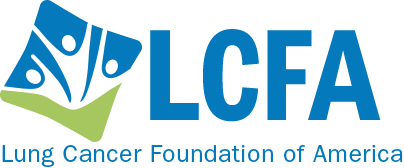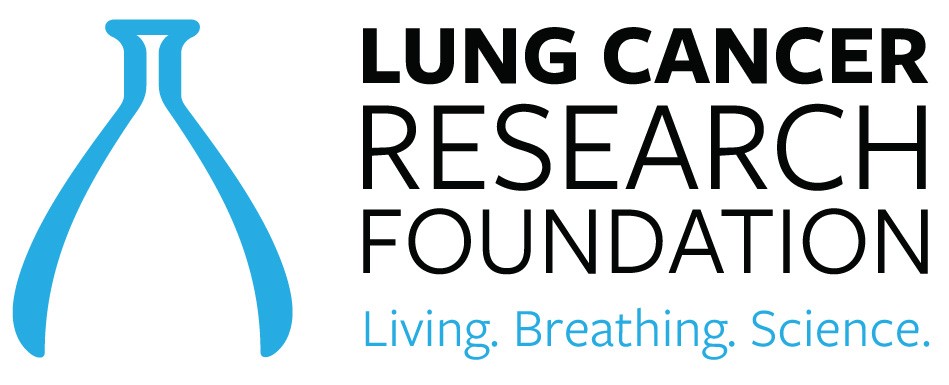This update has been written in collaboration with Dr. Brendon Stiles. He is Chair of the Board for the Lung Cancer Research Foundation, a thoracic surgeon at New York-Presbyterian Hospital and an Associate Professor of Cardiothoracic Surgery at Weill Cornell Medicine.
Q: COVID-19 and surgery: How long can I wait?
A: That question must be on the mind of many lung cancer patients as they consider treatment during the COVID-19 pandemic. We are currently in the middle of an unprecedented crisis that has left hospitals short on resources and personnel. That has led to shutting down “elective” surgical cases (surgeries that are not considered to be of medical emergency) at many hospitals, particularly in places such as New York City that are COVID-19 hotzones.
Q: Are cancer cases truly “elective”? And how long can patients and their surgeons actually wait?
A: We don’t have a lot of data making a strong case for waiting or not waiting. Some lung cancer-specific data suggests that the decision should be made based on how “quickly” the lung cancer grows. It takes on average 13.2 years for a lung adenocarcinoma to get to 1 cm in size and 14.4 years to get to 3 cm. While other subtypes of lung cancer and other cancers may move much more quickly, this would obviously suggest that there is some time allowable prior to treatment for many cancers. In that context, postponing surgery a few weeks or months may outweigh the risks of exposure to COVID-19. It is however unclear what is the appropriate waiting time for each individual patient. Most studies have suggested that for early stage lung cancer, there is some risk of tumor progression that comes with delayed treatment. That said, the risk appears to be small and not particularly predictable. At this time for hospitals which still have resources, the American College of Surgery recommends surgical resection as soon as feasible for patients with solid or predominantly solid cancer over 2 cm in size, while it recommends deferring lung cancer resection even in these hospitals for tumors less than 2 cm or for those that are predominantly ground glass.
Q: In the current situation, patients with early stage lung cancer should also consider alternatives to surgical resection.
A: This is particularly true in areas that are the most affected by COVID-19, where surgery may not be an option for an extended time period. Outpatient centers likely have less exposures than inpatient where we know there are many COVID patients. Also, patients spend less time in radiation treatment facilities. Finally, radiation (at least early on) preserves lung function and doesn’t risk immediate decrease in lung capacity which may put patients at risk for more complications should they become infected. Good data is available on the efficacy of stereotactic ablative radiotherapy (SABR or SBRT) for the treatment of early stage lung cancer. It is also worth noting that radiation, particularly stereotactic, doesn’t preclude surgery down the road.
Q: It is not clear how data on treatment delay can be applied to patients with later stage disease.
A: Certainly patients with clear cut stage II or III lung cancer could be started on outpatient chemotherapy or chemoradiation with surgery pushed down the road several months if needed.





GO2 for Lung Cancer (Amy Moore, PhD – amoore@go2.org)
LUNGevity Foundation (Upal Basu Roy, PhD, MPH – ubasuroy@lungevity.org)
Lung Cancer Foundation of America (Kim Norris – KNorris@lcfamerica.org)
Lung Cancer Research Foundation (Jan Baranski, PhD – jbaranski@lcrf.org)
LungCAN (Kimberly Lester – kimberly@lungcan.org)

Leave A Comment